Dubbed the “Hidden Shimanami Kaido.”
“I’ve been to most of the islands around here, but I’ve still never been to the ones over there,” said a local we met on the Shimanami Kaido.
“I’ve ventured to the islands over in Kagawa, but I’ve never been to the ones over there…” mentioned a different local on Yumeshima Kaido.
The Shimanami Kaido stretches between Onomichi and Imabari. To its east, the Yumeshima Kaido. As for the Tobishima Kaido to the west, or “over there,” it consists of seven islands connected by seven bridges, covering a distance of about 30km, easily traversable in a day by electric motorbike or bicycle. The name ‘Tobishima’ stems from the idea of island hopping, akin to crossing a garden on stepping stones, or ‘Tobiishi’.
Untouched by the hustle and bustle of tourists and maintaining a serene atmosphere, the islands are sometimes referred to as the “Hidden Shimanami Kaido.” But it’s in venturing deeper and beyond the usual paths, much like stepping stones in a garden, that one discovers what can only be found when sought after.
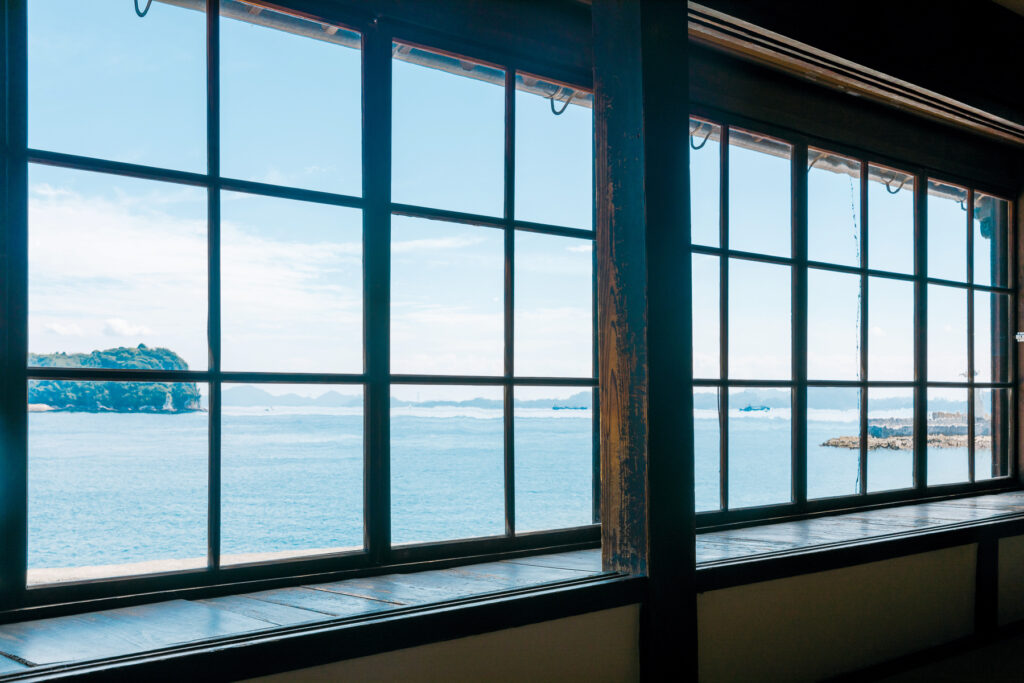
The Three Golden Treasures of Osaki-Shimojima
There are several ways to enter the Tobishima Kaido. From the Shimanami Kaido, Omishima is a convenient starting point. Descending the Nishi Seto Expressway and driving to the island’s western tip, you’ll reach Munakata Port, which offers marine passages between Imabari and Ehime’s islands. Okamura Island at the eastern edge of the Tobishima Kaido will be your starting point when accessing from this route. It seems that travelers are a rarity, for as we hop on the ferry, an elderly lady at the boarding area watches us with a look of concern.
Okamura Island is the only part of the Tobishima Kaido that falls within Imabari City in Ehime Prefecture. True to Imabari’s reputation for its bustling fishing industry, we are greeted by a charming fishing port as soon as we arrive on the island.
If you start your journey on the Tobishima Kaido at Okamura Port, you’ll want to stop by the Sekizen Shokudo. The restaurant, a renovated old island guesthouse, is run by Shigetaka Kato, who was drawn to the island from the Tokyo area. He showcases his skills with dishes and set meals featuring local fish, island lemon butter chicken curry and more.
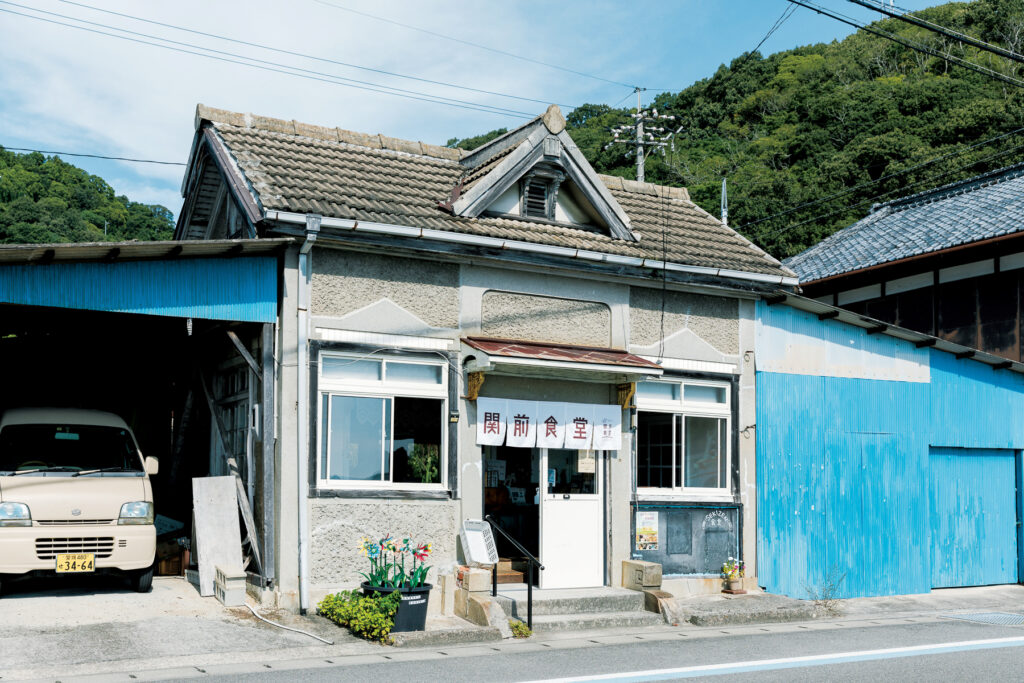
As we leave Okamura Island, we enter the city of Kure, a part of Hiroshima Prefecture. We swiftly pass by uninhabited islands like Nakanoshima and Heirashima, making our way to Osaki-Shimojima. Today, it may be considered off the beaten path, but when it comes to citrus cultivation, this island was a pioneer of the Seto Inland Sea. At the end of the Meiji era, Wase mandarins were introduced from Kyushu, and terraced fields were formed on the island’s slopes. The expansion was so extensive it was described as “cultivating to high-heavens,” eventually spreading to the surrounding islands. Come autumn, the bountiful citrus harvest bathes the island in a golden glow.
Osaki-Shimojima boasts yet another treasure you could call golden: the preserved historical district of Mitarai, a village that feels like you’ve slipped back to the Edo period. This port town developed over a span of nearly 200 years, from the mid-17th century to the early Showa period, thriving as a place for sailors to wait for favorable winds. It was designated as a national Important Preservation District for Groups of Traditional Buildings more than 20 years before the famous Seto Inland Sea tourist spot Tomonoura.
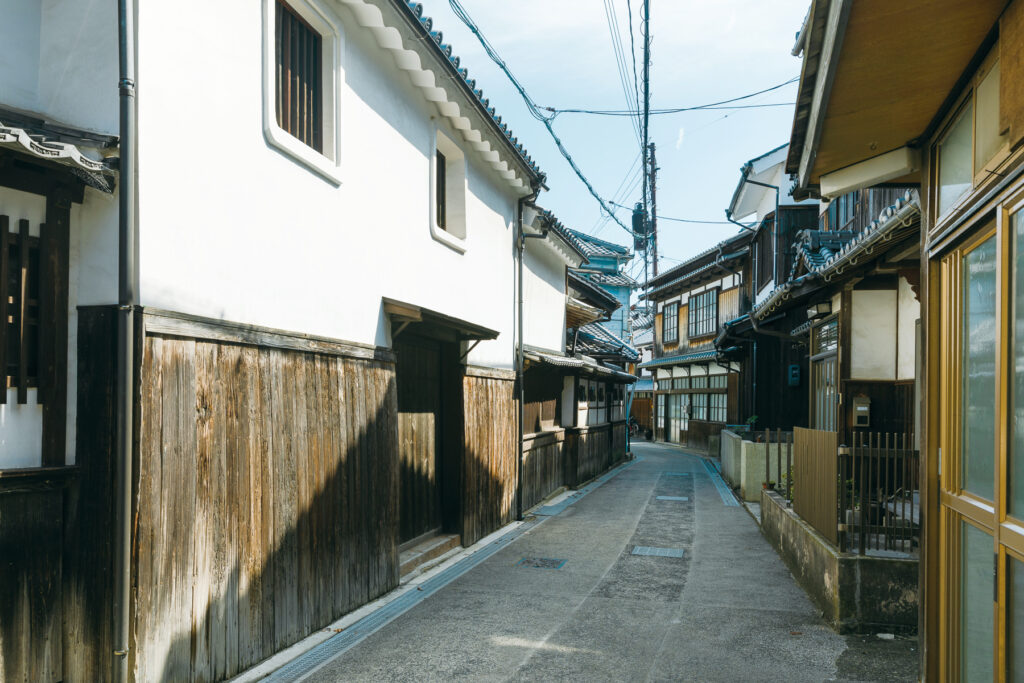
“Mitarai has captivated many great figures throughout history, including the geographical surveyor Tadataka Inō, the German physician and botanist Philipp Franz von Siebold, and the samurai Ryōma Sakamoto,” explains Akira Inoue, owner of Kangetsu-an Shintoyo. “More than likely, the sounds of the sea and the calls of the birds here haven’t changed since then. I think the same can be said about the moonlight at night and the presence of ships along the shore. Take your time and take in the view of the Seto Inland Sea from our building that dates back to the Edo period and fully savor the island’s seafood and mountain delicacies.”
Inoue-san runs this exclusive, one-group-per-day lodging to let guests truly get a good feel of Mitarai and its charm. The building, which has been standing for 150 years and once served as a ryokan, has been renovated into what stands there today. The guest space, offering a view of the Seto Inland Sea’s beautiful horizon, was even chosen as a filming location for the recent Academy Award-winning international feature film, Drive My Car. It’s become the latest golden treasure of Osaki-Shimojima, drawing fans from both Japan and abroad.
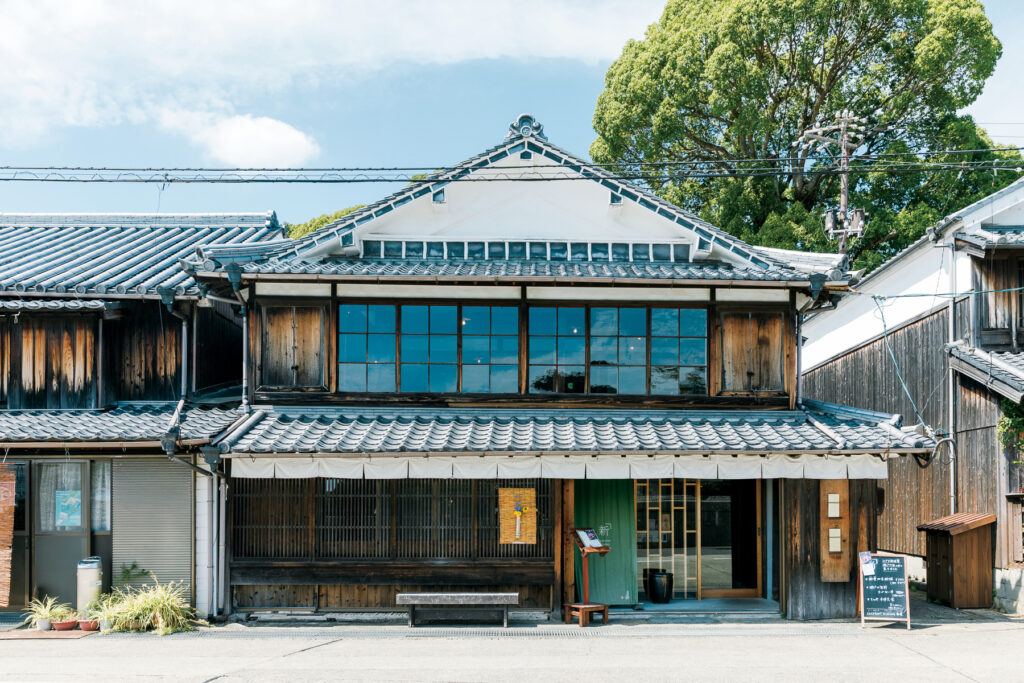
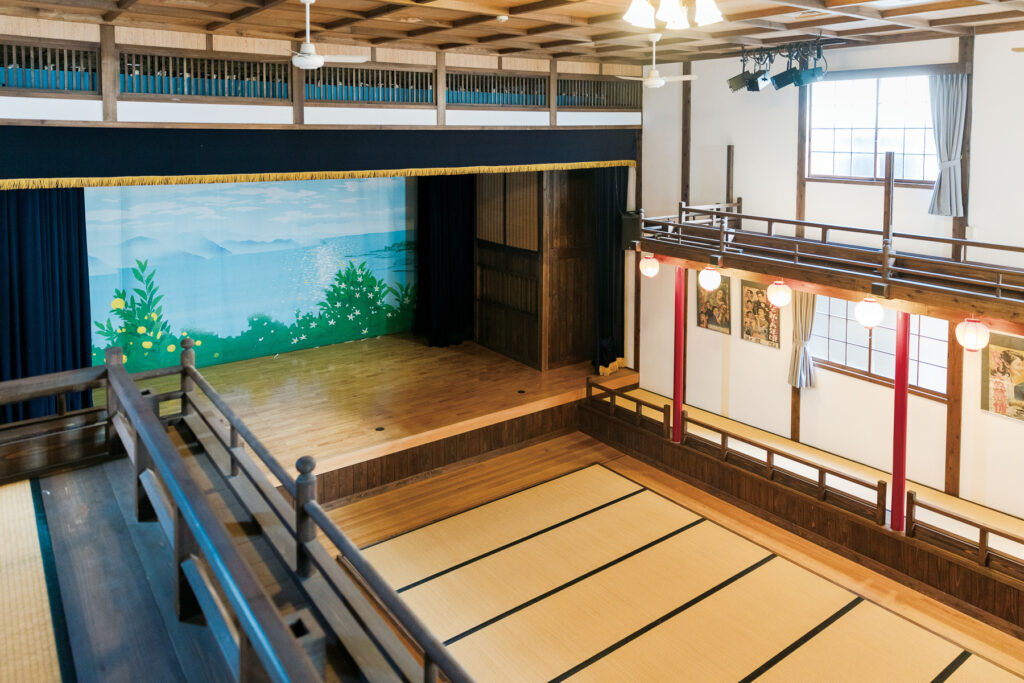
The Akinada Bridge: Fulfilling the Islanders’ Long-Cherished Wish
The Tobishima Kaido is accessible from Honshu by road. Being closer to the cities of Kure and Hiroshima than the Shimanami Kaido, it’s not uncommon to see people visiting on camping trips or touring on weekends. Serving as a hub for these visitors, the side of the sea route closer to Honshu boasts well-equipped campgrounds and beaches.
Kamikamagari Island, reached via Toyoshima from Osaki-Shimojima, is home to the beach called Kenmin no Hama. The area is a stay-in marine resort. It features natural radon hot springs and an astronomical observatory, offering experiences like sea kayaking among other open water activities. The beach, with its expansive white sands and green pines, offers a different charm from the peaceful rural ambiance experienced so far.
Crossing the Kamagari Bridge to Shimokamagari Island, only the Akinada Bridge remains to complete this journey. Opened in 2000, this bridge still holds the title of the longest prefectural road bridge in the country. The mere fact that such a significant bridge was built proves how deeply the islanders longed for a connection to Honshu.
As we cross the Akinada Bridge, we reflect on the landscapes that unfolded over the 30km of the Tobishima Kaido. At the same time, we reminisce about our moments frozen in time back in Mitarai. And even as the silhouettes of the island hills recede into the distance, the gentle sound of waves echo in our ears.
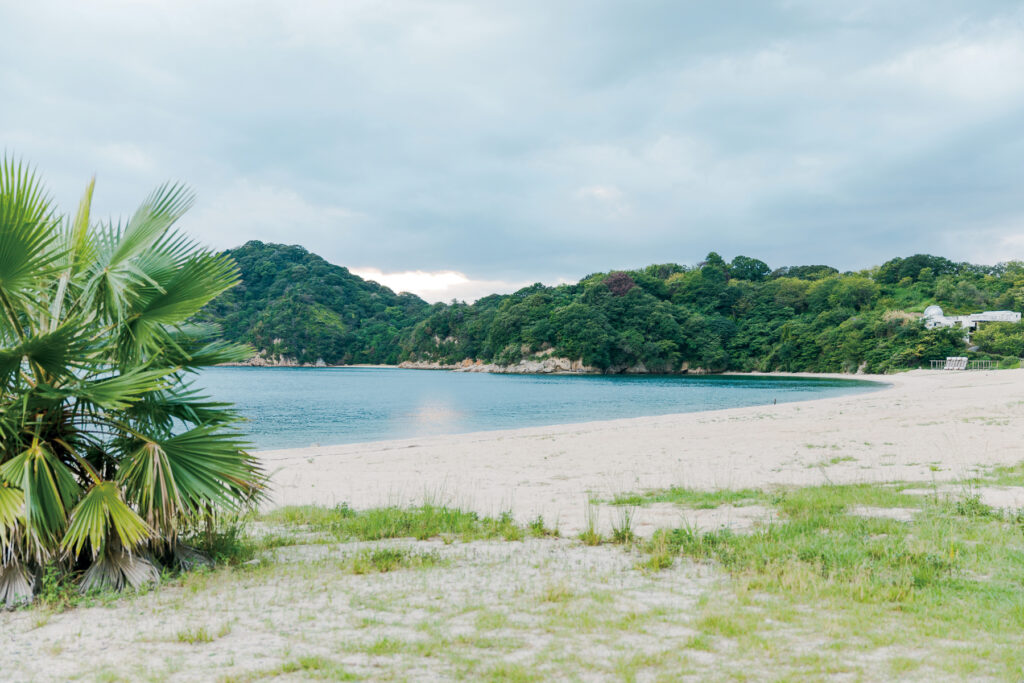
TOBISHIMA GUIDE
Sekizen Shokudo
852 4 ekizen, Okamura, Imabari, Ehime
TEL: 090-7211-5571
Kangetsu-an Shintoyo
313 Yutakamachi Mitarai, Kure, Hiroshima
TEL: 050-7128-3003
Otomeza
248 Yutakamachi Mitarai, Kure, Hiroshima
TEL: 0823-67-2278
Kenmin no Hama
7605 Kamagaricho Ōura, Kure, Hiroshima
TEL: 0823-66-1177











